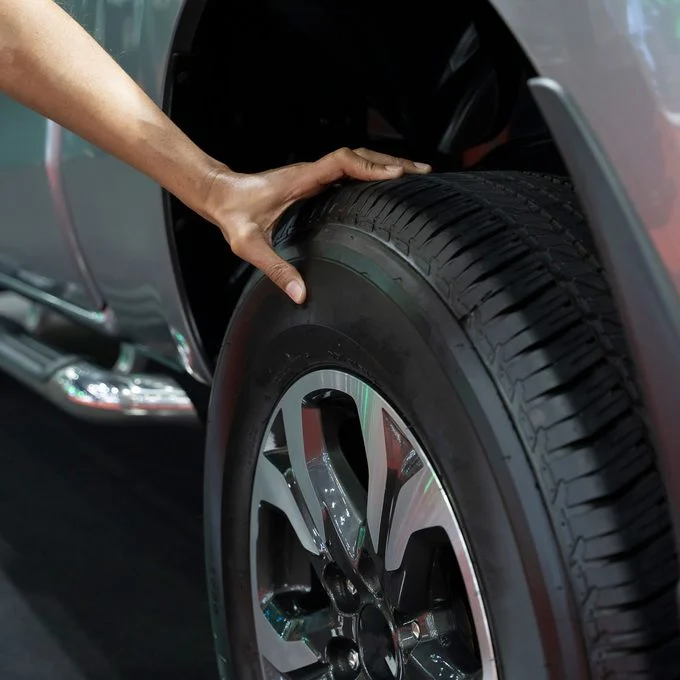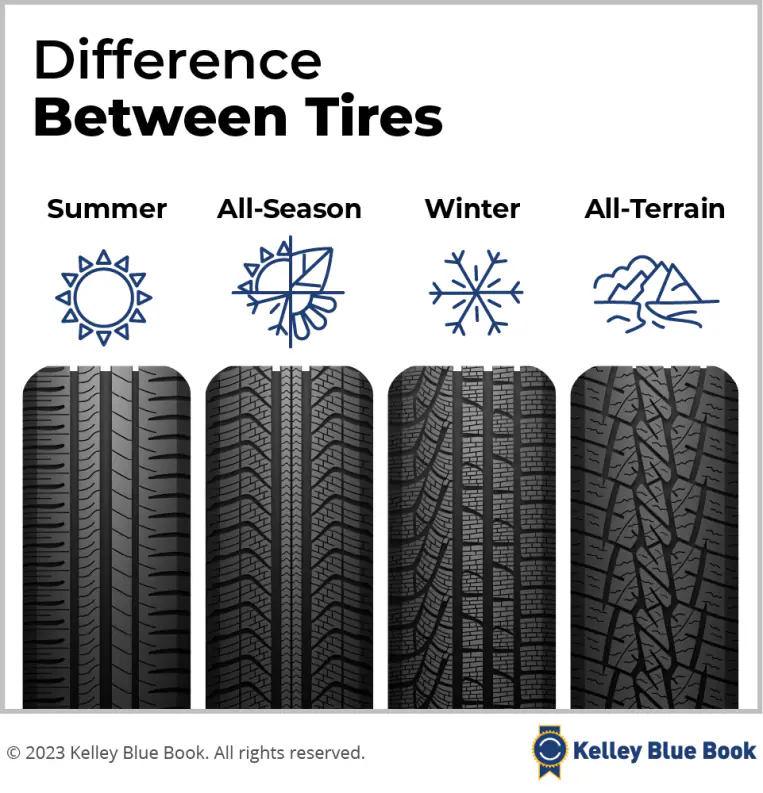Tires are one of the most critical components of a vehicle, yet many drivers don’t give them much thought until they start showing signs of wear. If you’re wondering how long car tires last, the answer isn’t as straightforward as you might expect. Several factors influence tire longevity, including driving habits, road conditions, maintenance practices, and even climate.
So, how long should you expect your tires to last? Let’s break it down and explore the key factors that determine the lifespan of your tires.

Why There’s No Simple Answer to Tire Longevity
Tire manufacturers avoid giving a precise lifespan for a reason—too many variables are at play. However, most experts agree that tires typically last between three to six years under normal driving conditions.
- Goodyear states that most tires wear out after three to four years, assuming an average annual mileage of 13,500 miles.
- The U.S. Department of Transportation recommends having tires professionally inspected every year after five years and replacing them after ten years, regardless of tread condition.
- Most tire warranties expire after six years, reinforcing the idea that even well-maintained tires have a limited lifespan.
But why do tire manufacturers hesitate to provide an exact timeline? It’s because tire wear depends on multiple factors, making a one-size-fits-all answer impossible.
Factors That Influence Tire Lifespan
Understanding what affects tire wear can help you extend the life of your tires and avoid unexpected replacements. Here are the most important factors:
1. Driving Habits
How you drive directly impacts how quickly your tires wear out. If you frequently accelerate hard, brake suddenly, or take sharp turns at high speeds, you’re putting excessive stress on your tires.
Best Practice: Drive smoothly, avoid unnecessary rapid acceleration and braking, and be mindful of potholes and road debris.
2. Road Conditions
The type of roads you drive on also plays a significant role. Smooth highways are much easier on tires than rough, pothole-filled streets or off-road terrain.
Best Practice: If you drive in areas with rough roads, ensure your tires are properly inflated and aligned to minimize uneven wear.
3. Tire Maintenance
Routine tire maintenance can significantly extend the life of your tires. Here’s what you should do:
- Check tire pressure regularly. Underinflated or overinflated tires wear unevenly and reduce fuel efficiency.
- Rotate tires every 5,000 to 8,000 miles. This prevents uneven wear and extends tire life.
- Get an alignment check at least once a year. Misaligned wheels cause uneven tread wear and shorten tire lifespan.
4. Climate and Weather Conditions
Extreme temperatures, whether hot or cold, can degrade rubber compounds faster. Hot climates accelerate dry rot, while cold climates can make tires brittle and more prone to cracking.
Best Practice: If you live in extreme weather conditions, consider all-season or climate-specific tires for better durability.
How Long Do Winter Tires Last?
Winter tires, also known as snow tires, have a different lifespan than standard all-season tires. These tires are designed with softer rubber compounds to maintain grip in cold temperatures, but this also means they wear out faster when driven on dry pavement.
On average, winter tires last four to six seasons if used correctly. However, frequent slipping and spinning on icy roads can shorten their lifespan by 30% to 40%.

Tips for Maximizing Winter Tire Life:
- Use them only during winter months. Driving winter tires in warm weather causes rapid wear.
- Store them properly in a cool, dry place when not in use.
- Check inflation levels frequently, as cold temperatures can cause tire pressure to drop.
Common Mistakes That Reduce Tire Life
Many drivers unknowingly shorten the life of their tires by making these mistakes:
1. Driving on Underinflated Tires
Underinflation leads to increased rolling resistance, causing excessive heat buildup and faster tread wear.
Solution: Check tire pressure at least once a month and before long trips.
2. Ignoring Wheel Alignments
If your car pulls to one side, your wheels may be misaligned, leading to uneven wear.
Solution: Get an alignment check once a year or whenever you notice irregular tire wear.
3. Mixing Different Tire Brands and Types
Mixing old and new tires or using different tire types on the same vehicle can cause uneven wear and reduce overall performance.
Solution: Always replace tires in sets of two or four to ensure even wear and better handling.
4. Overloading the Vehicle
Exceeding your car’s load rating puts extra pressure on the tires, causing them to overheat and wear out faster.
Solution: Check your vehicle’s weight capacity and avoid overloading.
Are Tire Warranties Worth It?
Tire warranties may seem like a great way to protect your investment, but they come with strict conditions. Manufacturers only honor warranties if the tires show even wear and meet all maintenance requirements.
Key Warranty Conditions:
- Tires must have been rotated regularly.
- The tread must be worn evenly down to 2/32-inch.
- The owner must provide proof of regular maintenance.
If your tires wear out prematurely due to poor alignment, underinflation, or aggressive driving, the warranty likely won’t cover the replacement.
How to Know When It’s Time to Replace Your Tires
Even with good maintenance, tires eventually need to be replaced. Here are some signs that indicate it’s time for new tires:
- Tread depth is too low. Use the penny test—if you insert a penny into the tread with Lincoln’s head down and you can see the top of his head, your tread is too low.
- Visible cracks or bulges. Cracks in the sidewall or bulges indicate structural damage.
- Frequent loss of air pressure. If your tires constantly lose pressure, they may be worn out or damaged.
- Excessive vibration while driving. This could mean your tires are unevenly worn or misaligned.
Final Thoughts
So, how long do tires last? While most tires last three to six years, the actual lifespan depends on driving habits, road conditions, and proper maintenance. By taking care of your tires, checking air pressure, rotating them regularly, and avoiding common mistakes, you can maximize their lifespan and save money in the long run.
If you notice signs of excessive wear or damage, don’t wait—replace your tires to ensure your safety on the road. A good set of tires is an investment in both performance and protection, so treat them with care!